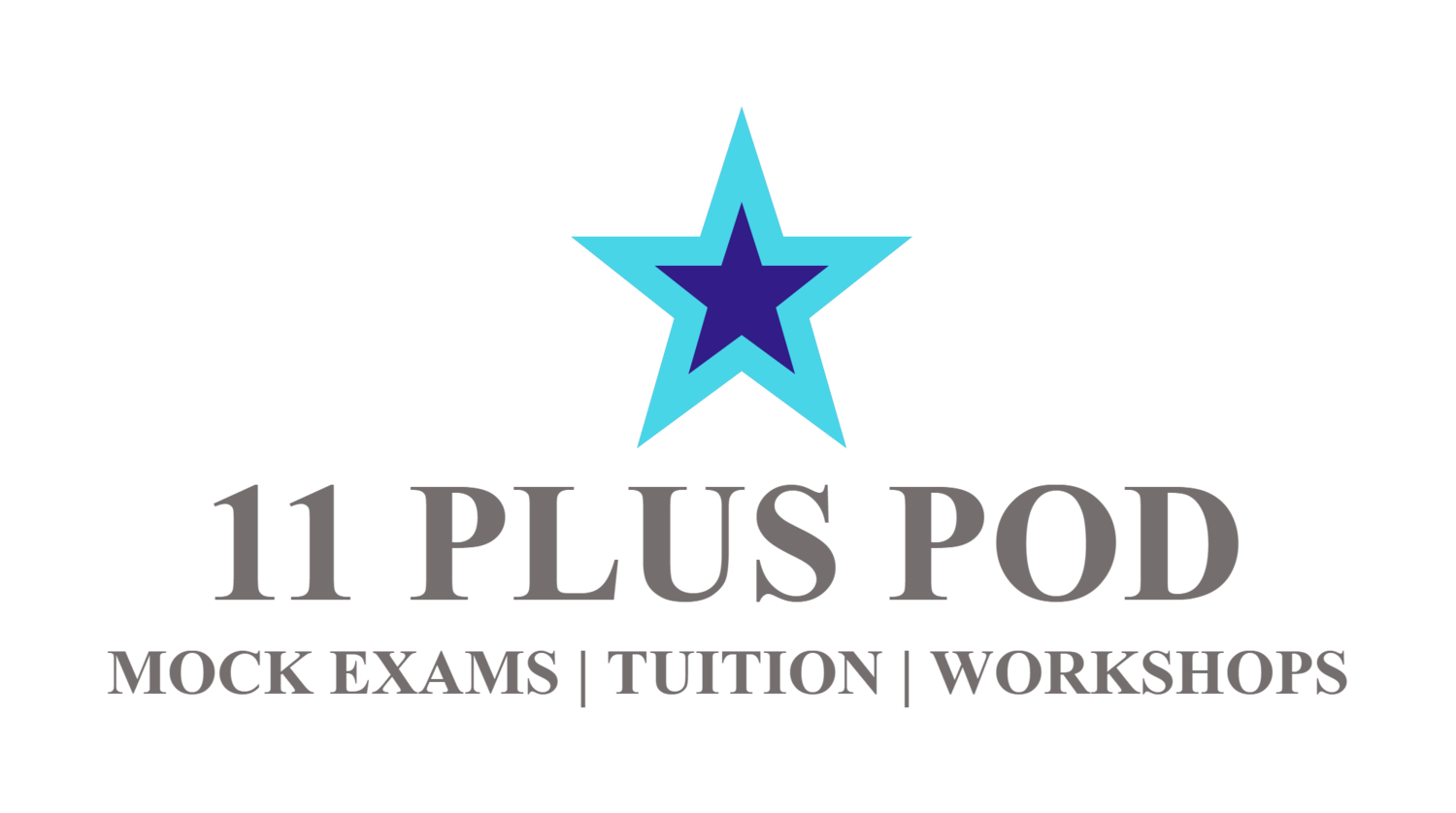Most of the entrance exams your child will take will be based on content covered by the KS2 National Curriculum Maths programme, but some of the questions will be concepts that they may be less familiar with. It can be quite overwhelming when you look at the range of concepts that have come up in past papers! In recent years, the emphasis has moved much more towards reasoning and application of knowledge rather than straightforward arithmetical processing. Below is a list of the types of topics that are often covered in the test:
- Calculations involving fractions, decimals and percentages
- Area and perimeter (including compound shapes and triangles)
- Properties of 2D & 3D shape – (including nets, capacity, surface area, line/reflective & rotational symmetry, internal & external angles)
- Algebra
- Time, speed & distance problems (including timetables, average speed, journey time)
- Measures – kg/g/mg, l/ml/cl, mm/cm/m/km – including conversions
- Codes and sequences – numerical, verbal & non-verbal
- Data handling – bar charts, block graphs, frequency tables, pie charts, Venn & Carroll diagrams
- Missing number sums
- Properties of number – prime, square, cube, factors, multiples, etc.
- Co-ordinates
- Word Problems
- Calculations involving the four arithmetical operations & rules of BIDMAS.
This list is by no means exhaustive and the questions can be presented in a variety of ways. One of the most important things your child can do, in order to make understanding and answering these questions easier, is to have instant recall of their times tables and strong arithmetical processing skills (+/-/x/÷). Learning to read the question carefully is SO important - often children fail to give the answer to the question asked. Organising their working out and, in some instances, drawing or plotting the problem on their paper increases their chances of arriving at the correct answer. Try to find ways to engage and challenge: this will lead to consolidating your child’s knowledge, progressing their learning and concreting their core skills and understanding. This could be done via the wide range of published materials available; my personal favourites are the Bond 11+ series (www.bond11plus.co.uk) , CGP (www.cgpbooks.co.uk) and Schofield & Sims (www.schofieldandsims.co.uk) ranges) to use at home. You may choose to use a tutor to help guide your child through the process - make sure you find one that suits you and your child. Nearer the actual exam, use past or practice papers to help hone exam technique and timings.
